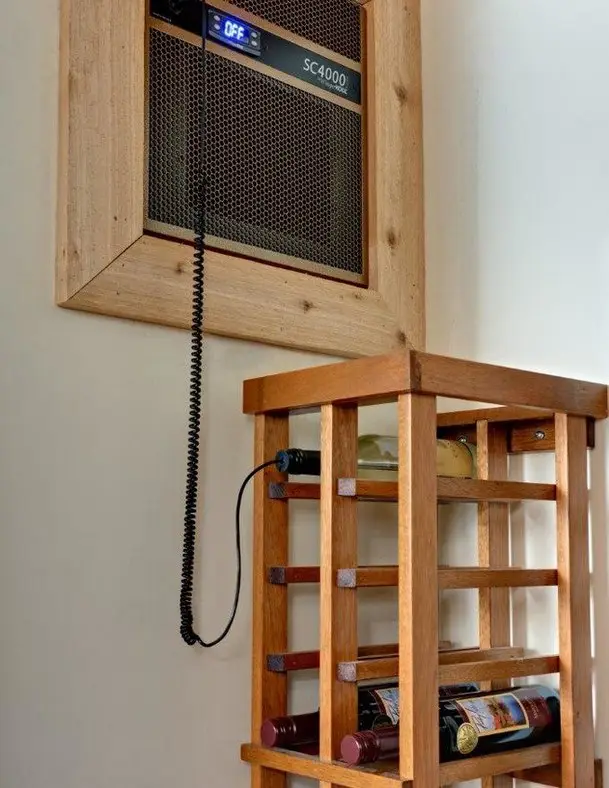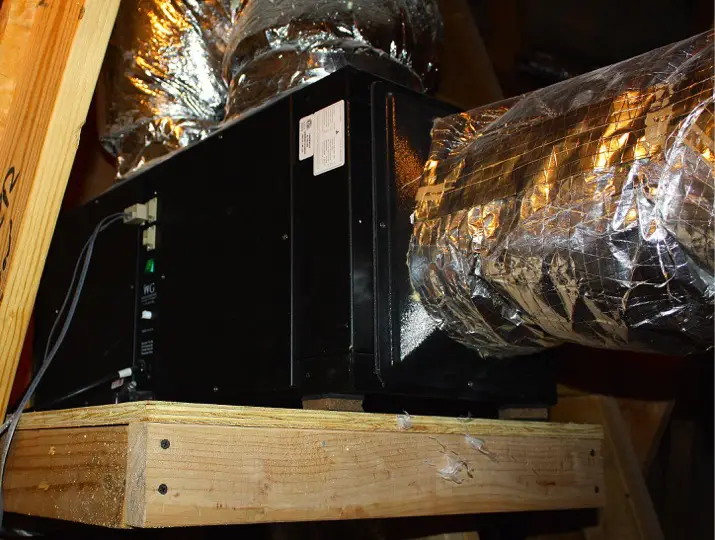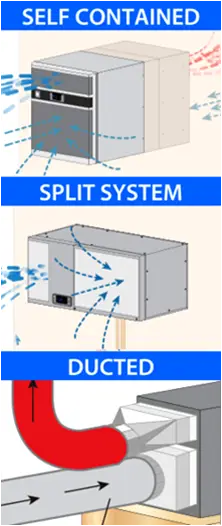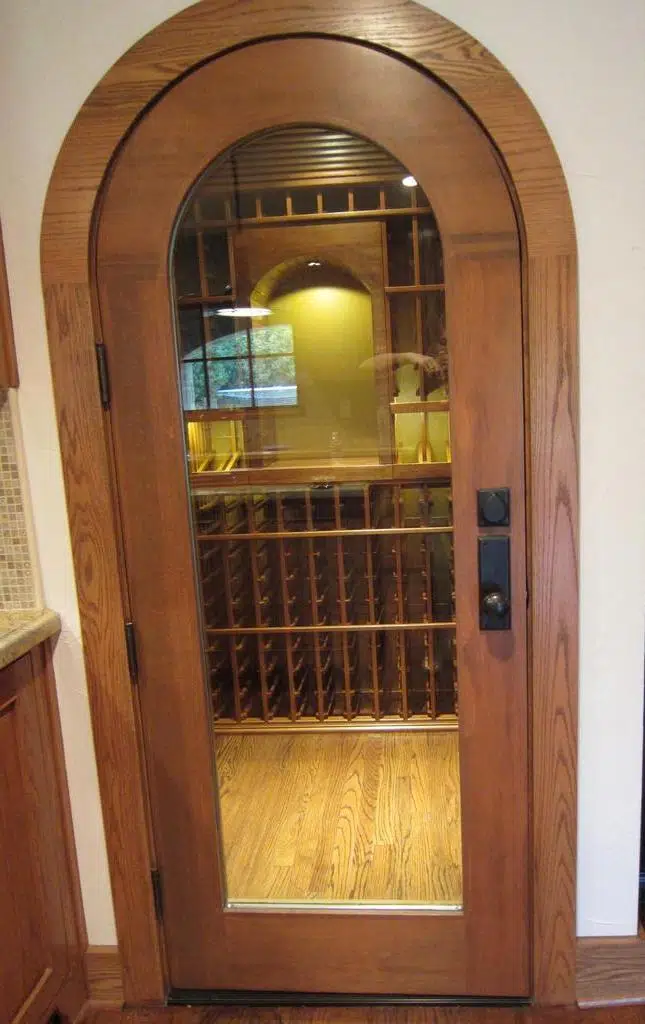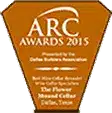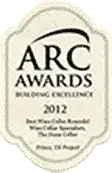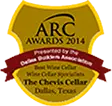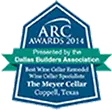So you’ve decided to build a wine cellar in your home. Do you know the environment to create in your wine cellar to best protect your wine? Learn all about it and more in this, the first in a series of blog posts about creating an ideal environment in your wine cellar.
Achieving Optimum Temperature and Humidity Levels for Graceful Wine Aging
Your Texas wine cellar should constantly be at a temperature of about 55 degrees. As important as temperature is, so is humidity. Keep the humidity in your wine cellar somewhere between 50 and 75 percent.
Too high of a humidity can cause mold and mildew and your labels to fall off. Too low a humidity can cause your corks to dry out, air can seep into your bottles, and your wine can be ruined.
Do you live in a low-humidity area? Some types of climate control units help to regulate your humidity by adding moisture, others simply get rid of excess humidity. Some wine cellar owners like to add a humidifier to their cellar while others might want a fountain.
The poor man’s method is a container of water across the room from the cooling unit. The unit will pull the moisture through the room. Most areas of the country do not need any type of humidification.
When cooling a Texas wine cellar with the liquid mass of the wine in the bottles, the humidity naturally rises. Your cellar will automatically have a higher humidity than it will have outside the room. The vapor barrier in the walls, floor and ceiling helps to keep the humidity inside the room. This is why most cooling units are made to get rid of the excess humidity.
Things to Keep in Mind When Choosing a Wine Cellar Cooling unit
Picking a wine cellar cooling unit is where you need to be sure to consult an expert. He or she is best able to help you pick something that will work for your wine cellar. Many things are considered when deciding what you can use.
- Where in the house or building is the cellar located?
- Do you want to see the unit or not?
- Are you OK with hearing the unit or not?
- How big is your wine room?
- What is the amount of insulation in the room?
- What is the type/style of wine cellar door installed?
The size of the room, the amount of insulation, even the style of the door being used are all factors in determining the size of unit you can use. Your cooling unit expert at Wine Cellar Specialists can do a free heat load calculation for you by plugging in all the factors needed to determine the correct BTU’s necessary for your unit. All cooling units need to have a dedicated circuit and all units will have a drain line for excess condensation.
Types of Wine Cooling Units Recommended for Texas Wine Cellars
Self Contained or Through-the-wall: A unit that is mounted through the wall (hence the name). It pulls air from the adjoining room and also releases hot air into the same room. This separate room must be heat and air conditioned and be at least two times the size of the wine cellar. Some of these systems can have the hot air ducted to another area. Consult your expert.
- Ductless Split System: Called a “split” because the evaporator coil is in the room where the unit is. It is connected to the condenser in another room or outside the home via 2 copper lines. If you live in a climate where you have winter days of below 40 degrees, this must be taken into consideration when choosing your unit. Some units can withstand these temperatures. On others you must add a low ambient kit for cold weather.
- Split-air handler or Ducted Split System: This system requires ducting to the wine cellar from the evaporator coil, which can sit in another room, closet or attic. The evaporator is connected to the condenser via 2 copper lines. The condenser can be in another room (at least 1-2 times the size of the cellar) or outdoors. Again, if placing the condenser outdoors, be sure your wine cellar expert knows your climate temperature fluctuations year round to be sure your unit has everything for the conditions it will be in.
- Water-cooled system: This system uses cold water to cool the coils in the unit, and is installed in an indoor space. By using water, no refrigerant is needed or used, and an air handler creates the cold air you need in the room. This type of unit is usually only used when the building has a water reservoir in place that circulates through the building and can be tapped into. You do not want to hook this up to a regular city water and sewer system.
A climate control system will do more than simply circulate air in your cellar. The right system will help protect your wine by maintaining constant wine cellar temperature and humidity. The fluctuation of temperature and humidity is the biggest cause of ruined wine.
More Wine Cooling Tips
Wine Cellar Specialists, a wine cooling expert in Texas, always make sure that the room is prepared for the installation of the wine refrigeration system. They install the proper amount of insulation, a vapor the barrier, and sealing components for the door and flooring.
Installing the Proper Insulation and Vapor Barrier Can Protect Both Your Wine Cooling System and Wines
Climate-controlled wine cellars must be insulated by a professional to prevent the environmental factors from damaging your wine. The R factor (thickness of insulation) depends on the thickness of the walls and ceiling. R19 is the minimum insulation that must be applied the interior walls of your wine cellar. For the ceiling, above ground floor and any exterior walls, R-30 insulation is recommended.
Wine cellar builders should be using closed cell spray foam as insulation and vapor barrier. Before the foam is sprayed, any seams should also by polysealed. Proper vapor barrier and insulation can help to prevent mold growth by sealing the wine cellar and allowing the proper sized cooling unit to work efficiently. When closed cell foam is used as your insulation in the correct thickness, another vapor barrier is not necessary.
Some contractors use plastic sheeting applied to the warm side of the walls. At Wine Cellar Specialists we only recommend closed cell foam. Plastic sheeting is too easy to be compromised over time and can then allow moisture to enter the room, causing mold or mildew issues.
With the appropriate insulation and vapor barrier installed, your Texas wine cellar can store your collection safely for years to come. It also allows your wine cooling system to function properly, preventing significant expense. Your wine cooling unit may not work correctly, overworking the refrigeration system, if your wine cellar has not been properly sealed.
Sealing the Door and Flooring
An exterior grade door must be used in a cooled wine cellar. It must be equipped with weather stripping on all four sides of the doorjamb. It will prevent unwanted entry of the outdoor air. It is also imperative to add a threshold or bottom sweep to the door. Our wood and iron doors have the option of an automatic door bottom which is a great way to seal against the loss of air from your wine cellar.
Your floor will need to have a vapor barrier and insulation if it is above ground. Flooring should be made of a solid material applied to a level surface. Ideal flooring materials are ceramic tiles, hardwood, and marbles.
Need Help? Contact a Wine Cellar Cooling Expert.
Wine Cellar Specialists offers quality cooling systems for Texas wine cellars. Contact them at +1 (866 ) 646-7089!

 Dallas
Dallas 
